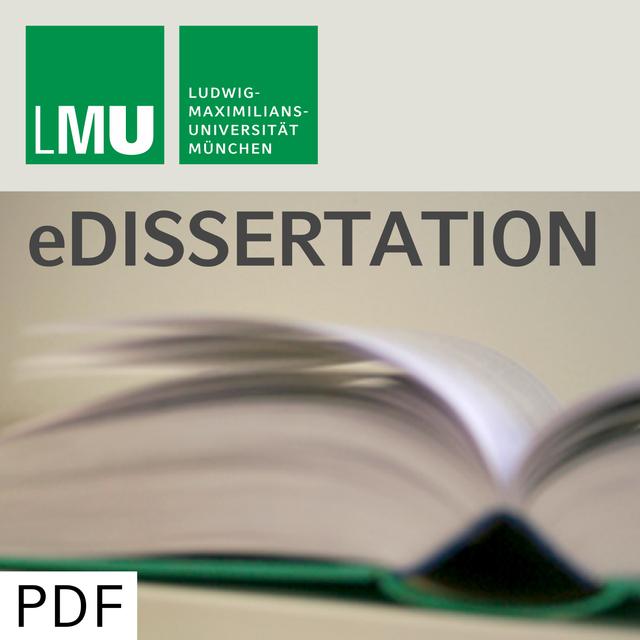
Functional analysis of insulin-like growth factor binding protein -4 and -6 in transgenic mice
Jul 18, 20030
Episode description
Insulin-like growth factors (IGF-I and IGF-II) are expressed in many cell types and tissues and act in endocrine, autocrine or paracrine manner to regulate cellular proliferation, survival and differentiation. IGF actions are initiated upon binding to the type I IGF receptor (IGF-IR) and are modulated through interactions with a family of six secreted IGF-binding proteins (IGFBP-1 to -6). Although the six conserved IGFBPs are structurally related, each of them has specific characteristics and may have specific functions. Most knowledge about the IGFBPs has been gained from the numerous in vitro studies, their specific roles in vivo are largely unknown.
Transgenic mice overexpressing a particular IGFBP allow us to investigate the specific functions of the corresponding IGFBP in vivo. To this end, IGFBP-4- and IGFBP-6-overexpressing models were established and analyzed in the present study.
First, an expression vector containing the murine H-2Kb promoter and a human beta-globin splicing cassette was used to construct the transgenes, to obtain ubiquitous expression of the mouse Igfbp4 and Igfbp6 cDNA. Two lines of H-2Kb-mcIGFBP-4 and ten lines of H-2Kb-mcIGFBP-6 transgenic mice were generated. The transgene was ubiquitously expressed at RNA level in both transgenic models, however, at protein level, transgene expression was only detected in the spleen, thymus, lung and kidney of both H-2Kb-mcIGFBP-4 transgenic lines, but in no organ of H-2Kb-mcIGFBP-6 transgenic mice. Phenotypic analyses of the H-2Kb-mcIGFBP-4 transgenic model revealed that overexpression of IGFBP-4 had no significant effect on the postnatal body and organ growth, except that the weight and volume of thymus in 8- and 12-week-old transgenic mice were significantly reduced (p < 0.05) compared to the controls. Histomorphometric analysis demonstrated that the volume of the thymic cortex was significantly decreased in transgenic mice (p < 0.05), whereas that of the thymic medulla was not changed. The fractions of various cell types in the bone marrow, thymus, spleen, lymph node and peripheral blood were determined by flow cytometry. No significant difference was found between transgenic and control groups, suggesting that IGFBP-4 excess in the lymphoid organs did not affect the development of the lymphatic cells. The proliferative capacity of the splenocytes of transgenic animals was significantly reduced after Con A and LPS stimulation (p < 0.05), but not altered after the stimulation by anti-CD3 and anti-IgM/IL2. This is probably due to transgenic IGFBP-4 expression restricted in the non-lymphatic cells. However, detailed expression of the transgene warrants further investigation.
In order to realize IGFBP-6-overexpressing mice, a second construct was designed, namely CMV-mgIGFBP-6, in which the mouse Igfbp6 genomic sequence was cloned under the control of the cytomegalovirus (CMV) promoter. Four independent lines of transgenic mice were generated. Transgene expression was high in the exocrine pancreas and relatively low in the lung and liver. The activities of serum IGFBPs were not different between transgenic mice and controls. In transgenic mice, high levels of active IGFBP-6 were detected in the luminal content of the duodenum, but neither in the luminal contents of other segments of the gastrointestinal tract (GIT), nor in tissue extracts of all GIT segments. Glucose homeostasis was not altered by IGFBP-6 expression. Postnatal body and organ growth was not affected in transgenic mice, except for the absolute and relative weight and length of duodenum which were significantly reduced in 4-month-old transgenic mice as compared to controls (p < 0.05). This reduction was mainly due to a significantly smaller volume and surface area of the tunica mucosa as determined by histomorphometric analsis. Our analysis of the first IGFBP-6 transgenic mouse model provides direct evidence for inhibition of intestinal growth by luminal IGFBP-6 excess. This finding is important in the context of neonatal intestinal growth of mammals, considering the fact that milk contains large amount of IGFBPs which may at least in part arrive intact in the intestine.
For the best experience, listen in Metacast app for iOS or Android
Open in Metacast